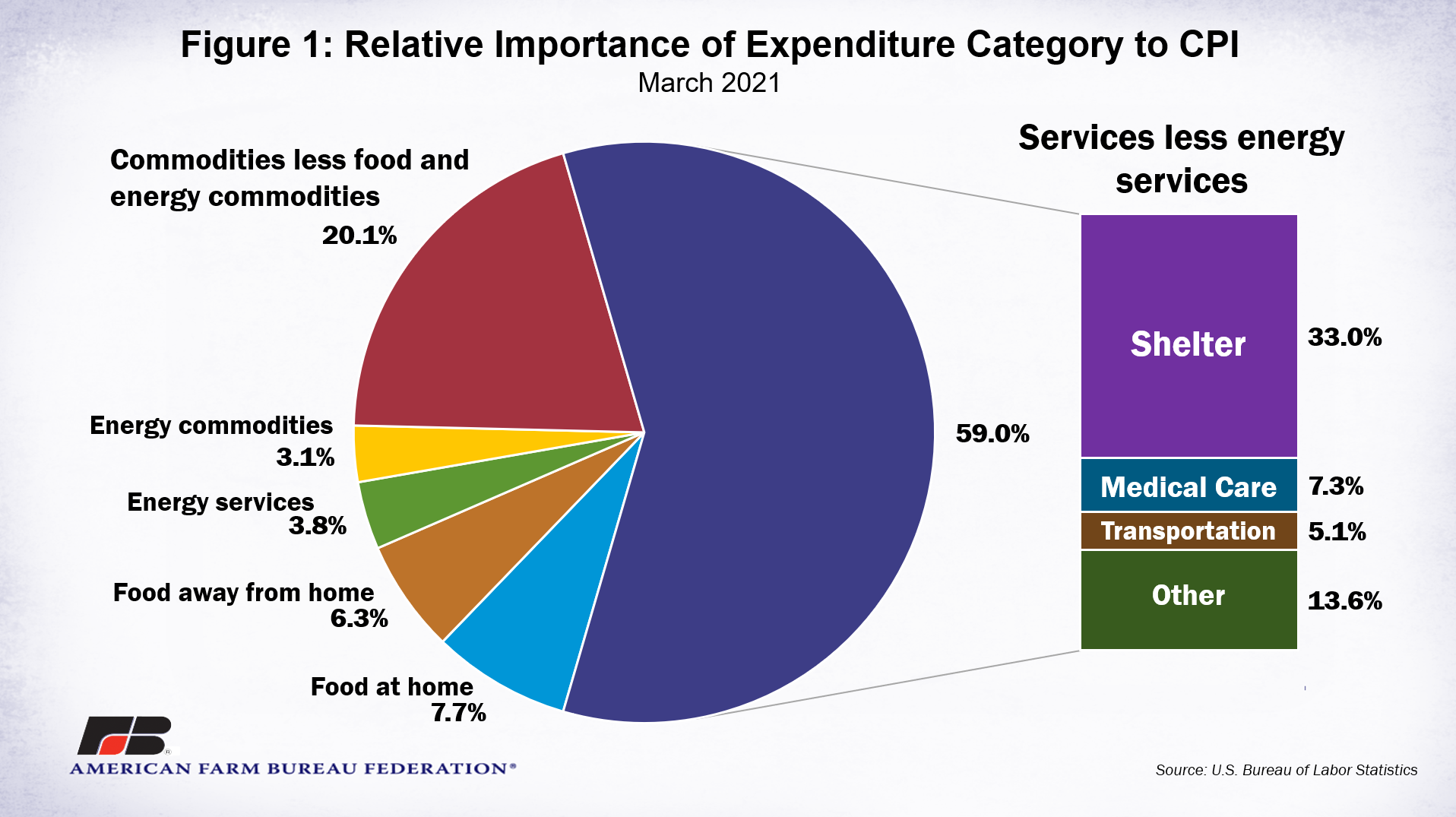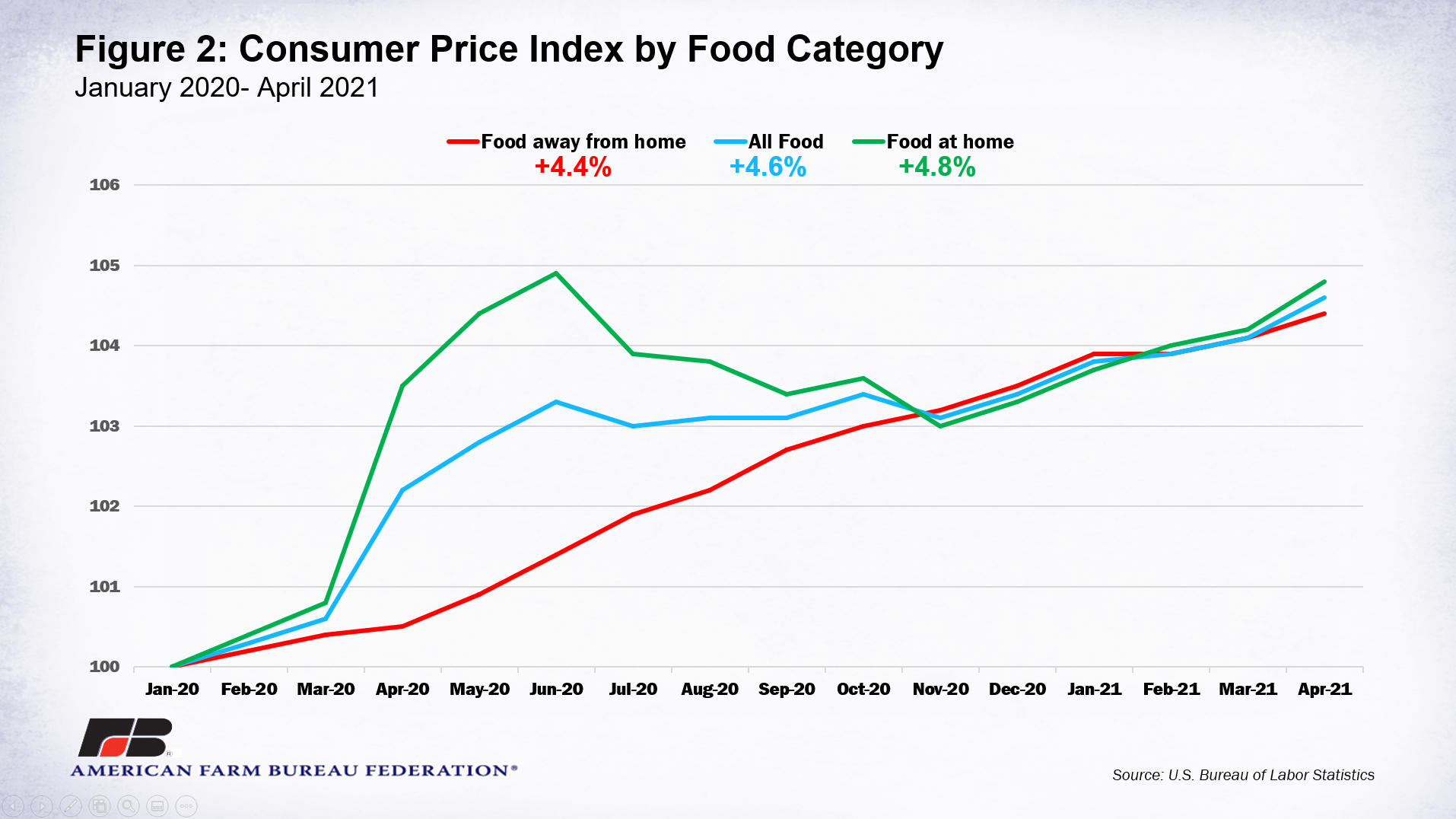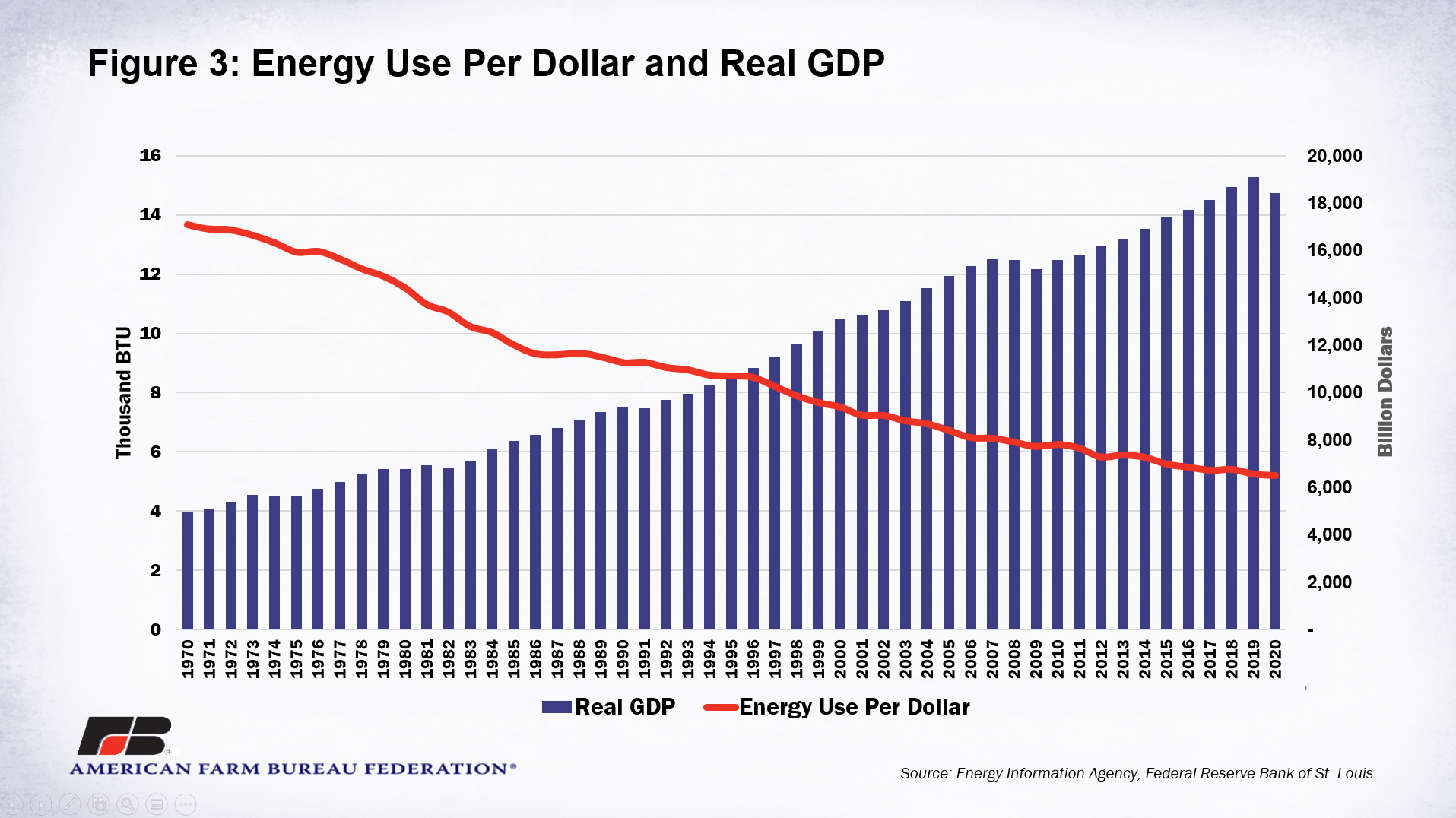Inflation – To be or not to be
TOPICS
Market IntelBob Young
President

photo credit: Getty Images
Bob Young
President
The latest report on the Consumer Price Index raised a few eyebrows. Up 4.2% from April 2020, this was the largest one-month jump since September 2008. The increase in April over March's figures was 0.8%.
Food and energy costs lived up to their historically volatile standard this month. Food prices rose by 2.4%, but energy prices jumped by 25%, with gasoline leaping 50% over last year's figures. Last year's prices were relatively low as we all stayed home and off the roads in the early months of the pandemic. Gasoline prices were only up 2% compared to last month. A deeper dive into the food component comes later.
The core CPI – taking out the effects of food and energy prices – was up by 3% year-over-year. Not bad, but higher than we've seen for some time. The short-term concern is the month-over-month increase of 0.8% translating to an annual growth of 9.6%. That's a rate that would cause some genuine problems.
A little background on the generation of the CPI may be helpful. After surveying price changes on a broad range of goods, the rates of change for each are calculated and then weighted based on the average contribution each makes to the overall package. The most significant component is housing and all the costs associated with shelter. Shelter costs make up over a third of the CPI.

At 14%, food prices can significantly move the CPI. The split between food-at-home versus food-away-from-home is 55% versus 45%, respectively. These weights, however, are based on historical trends and do not reflect what consumption patterns were specifically for April 2021. In other words, the reality is food-at-home was probably a higher weight than was used for this statistic.
Let's do a little deeper dive into the food component. Baked items such as fresh cakes, fresh sweet rolls and crackers were up more than 1% over the previous month. While these are “at-home” products, labor represents a significant component of their cost. Overall, meat prices were up 1%, with pork up 2.6% over March prices. Bacon prices jumped 3.4% in that same month. Ham is also up, 4.3%, and pork chops came in with a 5% bump.

Shifting to energy and related items, recall that the pipeline problems didn't emerge until May and were not a factor for the April survey. Gasoline prices dipped 1.3% in April from March. A discussion on car prices is warranted. Used car prices jumped another 10% after last month's 21% rise. The same chip issues cars are facing are showing up in computers. Computer prices climbed 5%. Within the service sector, one of the big movers was car and truck rentals. Those prices lept 82% last month and a further 16% this month.
So what does all this mean? Are we about to enter another period of sustained inflation? Are we returning to the 1970s? Probably not. Or at least we don't know enough yet. To get a long-term high inflation rate, we usually need the price of some major component of the economy experiencing a sustained jump. Think back to the 1970s when gasoline went from 30 cents per gallon to nearly a dollar a gallon – and stayed there. We spent a larger proportion of our budget on energy then than we do now, but it was a major game-changer.
Yes, energy prices are up quite a bit from last year but don’t forget, they were depressed the previous spring due to collapsed demand for motor fuels. We didn’t go anywhere last spring. Today, we are back on the road, and with the pipeline issue a few weeks back, we had added reasons for price bumps. (Using plastic bags for spare gasoline, really?)
According to the Energy Information Agency, energy use per dollar of real gross domestic product ran between 13.7 thousand BTU in 1970 to 11.5 thousand BTU in 1980, instead of 5.2 thousand BTU per dollar of real GDP today. Energy costs are still 5% of consumer spending, but it has less of an effect today.

Given the more service-related nature of the economy today, labor costs are likely to be the driving factor for inflation moving forward. Labor’s share of total output is still 58%, so long-term increases in labor costs will need to spread through the economy. Given the number of “help wanted” signs around, particularly for entry-level positions, labor costs will likely rise and help drive long-term price increases. Enough to drive overall inflation? At least some has to be the most reasonable answer.
Supply chain stress has shown up in the market. The computer chip scarcity and its impact on car prices is a good example, but others exist. These will likely get sorted out, and one of the drivers will be higher prices for some of these goods and services. If you’re involved in agriculture, you are very familiar with the concept of “the cure for high prices is high prices.”
Expect a few more months of clamor over the size of the change in the CPI from one report to the next, but by May 2022, this will be a distant memory.
Top Issues
VIEW ALL